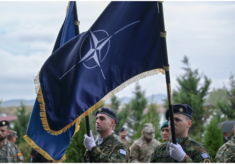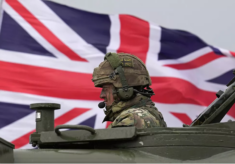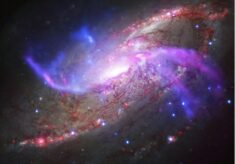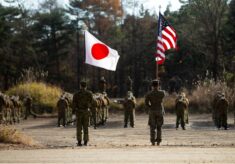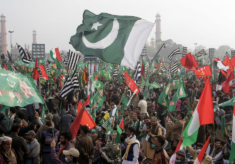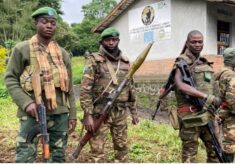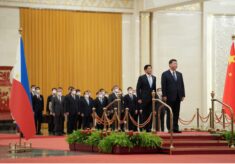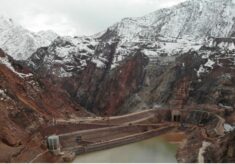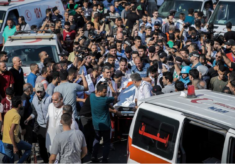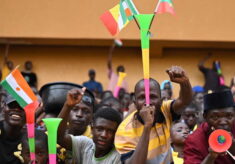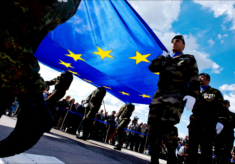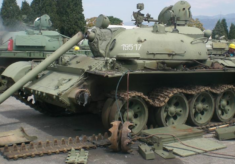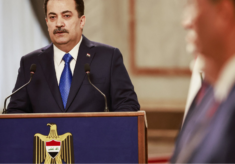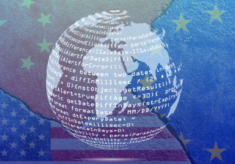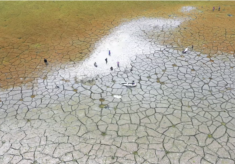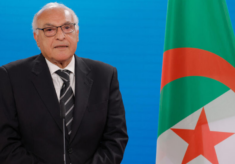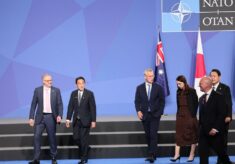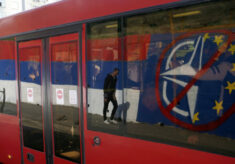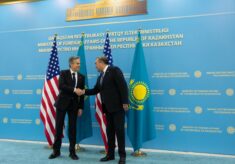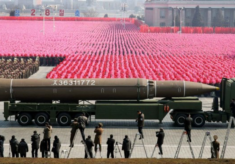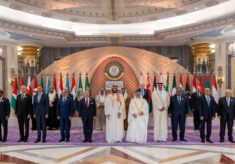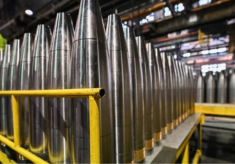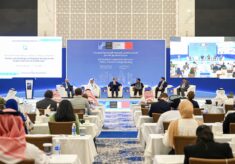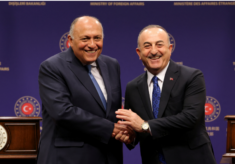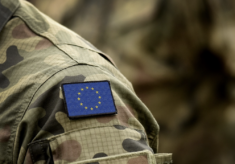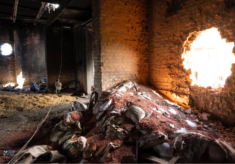Too few heads of state in office appear on the list of “notable figures” having paid tribute to the Hiroshima Peace Memorial Museum, and none from the existing nuclear weapons states, with the exception of then US President Barack Obama. This absence on the part of world leaders makes Pope Francis’ recent visits to both Hiroshima and Nagasaki all the more remarkable. It is testimony to the Holy See’s growing engagement on nuclear issues and the Pope’s firm personal rejection of nuclear weapons. The Vatican’s position was not always so firm.
During the Cold War the Catholic Church followed a line of temporary tolerance vis-à-vis the doctrine of nuclear deterrence, linked to the expectation that “significant progress would be made in the field of disarmament”. Starting with the new millennium, an evolution of this attitude started to take hold. At the 2005 Review Conference of Treaty on the Non-Proliferation of Nuclear Weapons (NPT), the Vatican envoy stated that “The Holy See has never countenanced nuclear deterrence as a permanent measure, nor does it today, when it is evident that nuclear deterrence drives the development of ever newer nuclear arms, thus preventing genuine nuclear disarmament”.
With time, a growing moral and humanitarian approach by the Vatican found an echo also in Washington. In his 2009 Prague speech, President Obama declared that “as the only nuclear power to have used a nuclear weapon, the United States has a moral responsibility to act” and indicated America’s commitment “to seek the peace and security of a world without nuclear weapons”. This new US attitude engendered a euphoria world-wide that led to the acceptance in 2010 by the whole NPT membership of the concept that nuclear countries had always been reluctant to adopt, namely the “catastrophic humanitarian consequences of the use of nuclear weapons”.
This moral/humanitarian approach was strongly supported by the Holy See which became one of the leaders in the drive to adopt the 2017 Treaty on the Prohibition of Nuclear Weapons (TPNW). The Vatican, boldly, was the first to sign and ratify this treaty and in November of that same year it organized an international symposium titled “Perspectives for a nuclear free world and for an integral disarmament”.
Pope Francis, together with his highest ranking collaborators, personally participated in this event in which he firmly condemned both the use and the threat of use of nuclear weapons “as well as their very possession” with no tolerance for the nuclear deterrence doctrine. The shift from a moral/humanitarian approach (prohibition of the use) to a total prohibition and elimination has wide strategic implications because it affecta the overall geopolitical balance.
In Nagasaki, the Pope addressed the delicate issue of the environmental consequences of the use of nuclear weapons defining them catastrophic, just as the humanitarian consequences. This concept has not yet been aknowledged by the international community and the possessors of nuclear weapons have systematically tried to avoid it. This denial stands despite authoritative scientific studies indicating that a nuclear war would produce a nuclear winter causing unprecedented damage to the biosphere, a degradation of agriculture by temperature change and, consequently, millions of deaths from starvation (in addition to those deriving from the explosions, heat waves and radiations).
In a meeting with the international press upon his return flight from Japan, the Pope also commented on the issue of nuclear energy. The New York Times reported that he “would rule out its use until scientists can offer ‘total security’ to ensure that accidents, natural disasters and ‘crazed’ individuals will destroy humanity and the environment with nuclear fallout”. On the same occasion he added that the concepts expressed during his visit in Japan should go in the Catholic Cathechism and thus be part of the Church’s teaching, marking thus a significant step in support of the UN efforts in the field of Disarmament Education.
The tragedy of Hiroshima and Nagasaki risks becoming a fading memory. Through his pilgrimage Pope Francis has raised awareness about the consequences of a nuclear conflict and has set an example for other world leaders and heads of international organizations, first and foremost UN Secretary Generals (only SG Pérez de Cuéllar is on list of “notable figures” having visited the Hiroshima Memorial). Leaders of other religious confessions should also follow suit. Their voices should be heard louder and clearer.A number of their representatives were present at the Rome 2O17 symposium. Not all of them share the Pope’s views.
Hiroshima and Nagasaki, like Auschwitz must continue to be the destination not only of high ranking visitors but of storms of students of all ages and teachers from all over the world to keep alive the memory of these past tragedies. Otherwise, as said Pope Francis said in Hiroshima: “Future generations will rise to condemn our failure- if we spoke of peace but did not act”.
Carlo Trezza – Former Ambassador to the Republic of Korea and Italy’s Permanent Representative for Disarmament in Geneva, he chaired the UN Secretary Generals Advisory Board for Disarmament Affairs and the Missile Technology Control Regime (MTCR). He is Senior Adviser of the Italian Institute for International Affairs and a member of the NATO Defence College Foundation Scientific Board.

